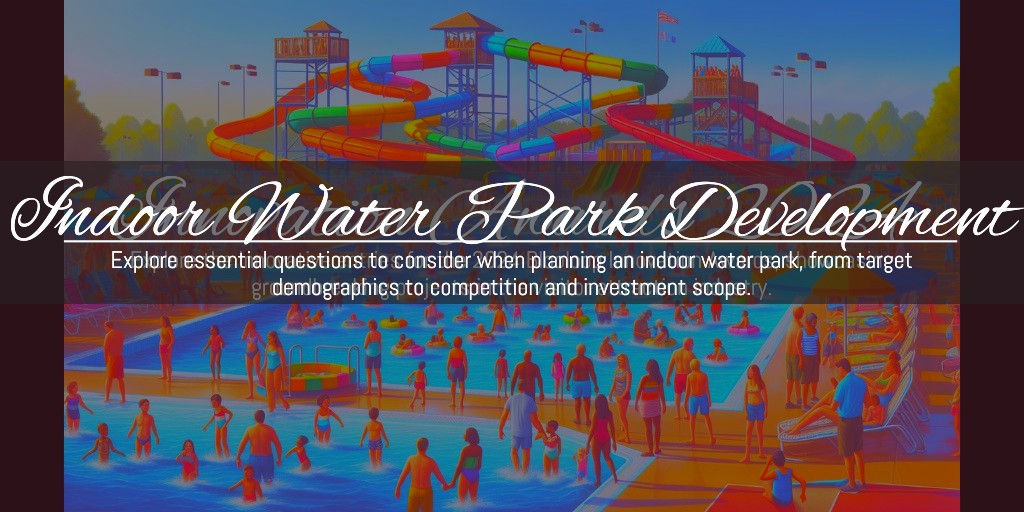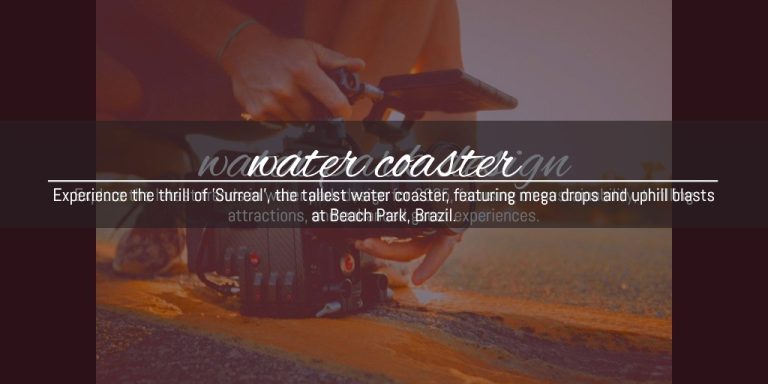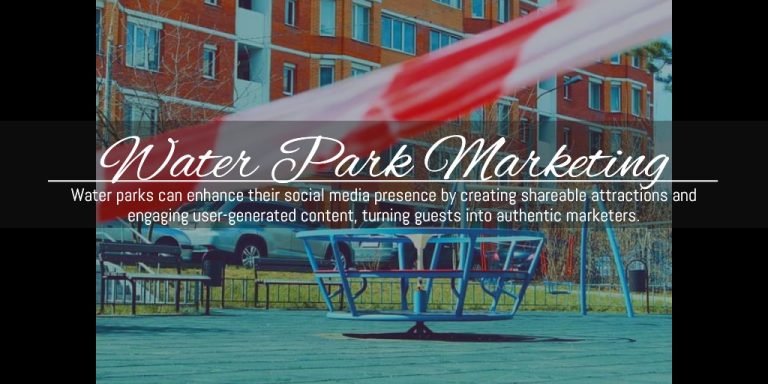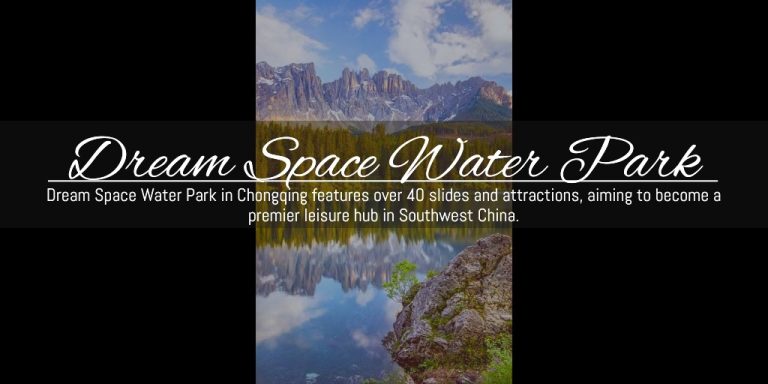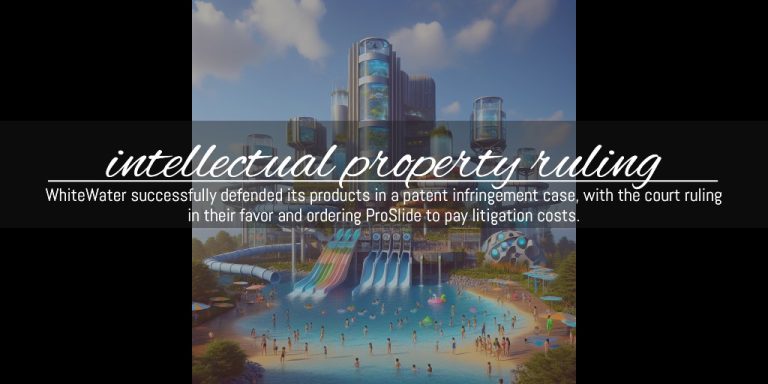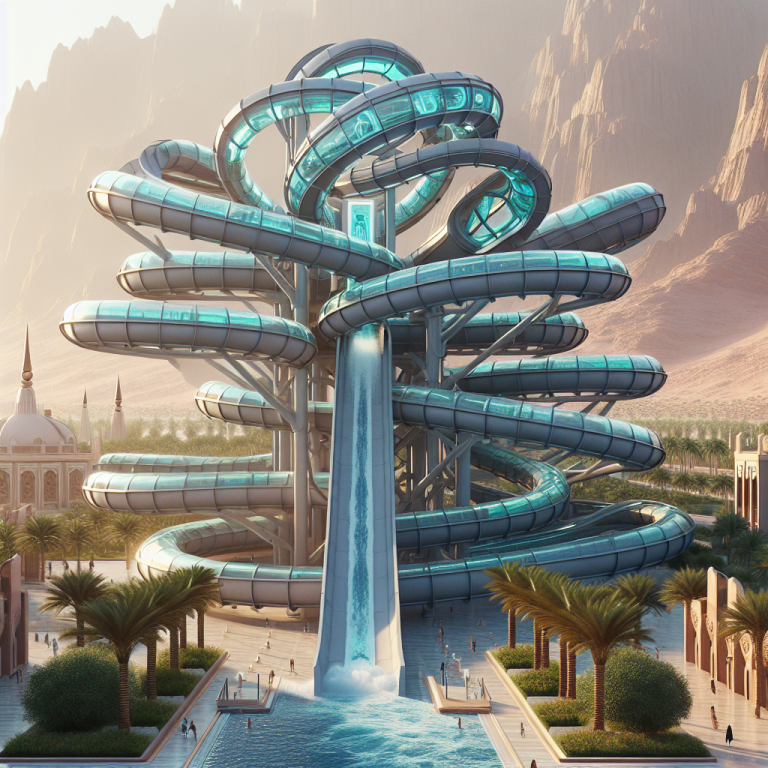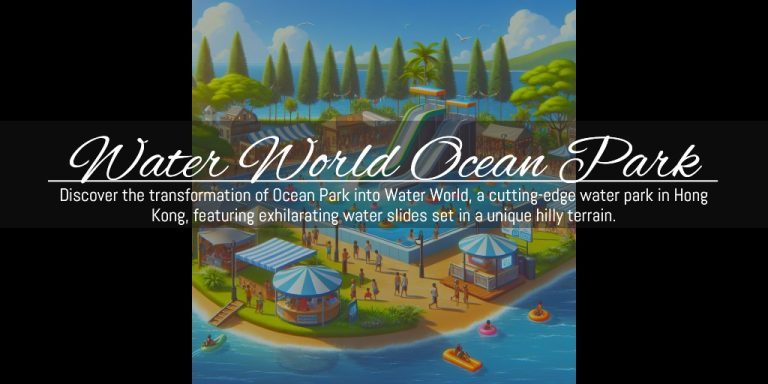Key Questions for Indoor Water Park Development
In 2024, exciting new attractions such as Aquascope at Futuroscope in France and Water World at Shanghai L+Snow Indoor Ski Resort in China will be opening their doors. Following that, in 2025, the Bavarian Blast at Bavarian Inn in Michigan will welcome guests. Looking ahead to 2026, a Kalahari Resort with an indoor water park is set to launch in Virginia. By 2027, we can expect the Bellevue Bay Indoor Waterpark in Nebraska and the Bradley Indoor Waterpark in Illinois to join the scene.
With these recent announcements of substantial new projects in Indoor Water Park Development, one might think, “These developers are onto something!” And indeed, they are. An indoor water park offers year-round aquatic enjoyment, regardless of the weather. It can serve various purposes: as a complementary attraction to a “dry” venue, as a draw for families to a hotel or resort, or as a standalone facility that enhances local tourism and leisure opportunities. However, the decision to embark on such a development is not made lightly. What fundamental questions should be considered?
Identifying Your Target Demographic
Initially, one might think, “Families with children, of course.” But let’s dig deeper. Are you focusing on families with kids under 12, or perhaps aiming to attract tweens and teens who may lack entertainment options in the area? What does the local demographic data reveal? Is there a demand for family-oriented entertainment? You might also want to cater to adults without children or those seeking a break from their kids, which would necessitate designing an adults-only area or hosting exclusive events.
Defining Your Business Model
Are you targeting the local market, or do you aspire to be a destination that attracts tourists from afar? Will your indoor water park be an additional feature of a hotel or part of a larger entertainment complex, or will it stand alone? The answers to these questions will significantly influence your choice of attractions, design, theming, and unique selling proposition.
Understanding Your Competition
Are there existing indoor water parks in your region? If so, what attractions do they offer, and for what age groups? Assess the quality of their facilities and their business performance. Additionally, consider other indoor family entertainment venues within a 50-kilometre/30-mile radius. Do they provide good value for money? Online reviews can offer insights into what customers appreciate, what they dislike, and what might be lacking in the market.
Assessing Your Space Requirements
Space is a premium for any indoor project. The smaller the area, the more innovative your design must be to maximise the footprint while creating a sense of openness. It’s crucial to remain focused on your target demographic and avoid trying to cater to everyone.
Evaluating the Labour Market
Year-round fun at an indoor water park necessitates a year-round workforce. Is there a pool of qualified labour available to fill various roles? What are the prevailing wages for these positions?
Determining Your Investment Scope
Are you concentrating solely on the initial development and purchasing costs, or does your scope encompass the total cost of ownership? Experience shows that neglecting the day-to-day operational costs can lead to choosing the lowest price options for capital investment, which may result in high water and electricity bills, maintenance costs, and premature repairs.
Just the Beginning
All these questions and more will be addressed in the feasibility study. We would be delighted to discuss the creative possibilities for a successful Indoor Water Park Development. Contact us to start exploring or learn more with our indoor water park design guide.
